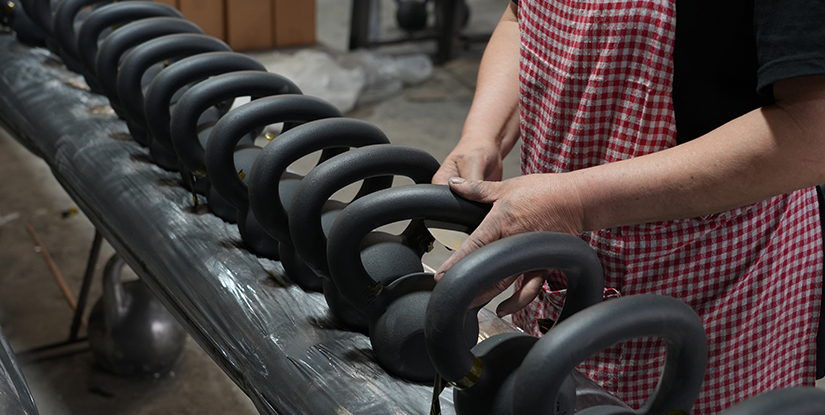How to Use Fitness Equipment Video: A Comprehensive Guide to Planning, Shooting, and Demonstrating Equipment

Planning Your Fitness Equipment Video: Goals, Audience, and Setup
Creating an effective fitness equipment video starts long before the camera turns on. The planning phase defines what viewers will learn, how they will apply it, and whether they will stay engaged from start to finish. A well-structured plan reduces re-shoots, speeds up production, and increases viewer retention. Start by clarifying goals, identifying the target audience, and mapping the physical space where demonstrations will occur. In 2023, consumer surveys indicated that 62% of people who purchased home gym equipment also sought video guidance to maximize results, while 38% watched tutorials to learn safety protocols. This data underscored the demand for actionable, reliable content that blends technique with practical tips. Before you shoot, set three concrete objectives: (1) teach correct form for a specific piece of equipment, (2) provide safety cues to prevent common injuries, and (3) offer a clear, repeatable routine that viewers can replicate. Align these goals with audience needs—beginners often want foundational cues and error corrections, while intermediate users seek progression options and efficiency tips. The planning stage also involves choosing the right equipment and creating a space plan. Consider a well-lit, quiet area with a solid background, adjustable desk or mat, and enough room for dynamic movements. A typical home gym corner can work if you optimize camera angles to avoid clutter in the frame. Key planning steps include:
- Define audience persona: age, fitness level, goals, and common obstacles.
- List equipment to feature: dumbbells, resistance bands, kettlebells, barbells, cardio machines, and small accessories.
- Draft a content outline: purpose, steps, cues, and modifications.
- Script core segments while allowing natural demonstrations to avoid robotic pacing.
- Plan safety pauses: when to rest, how to modify, and how to show proper breathing patterns.

